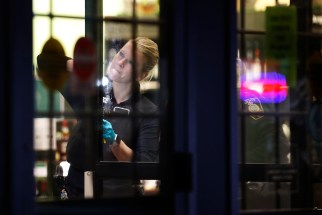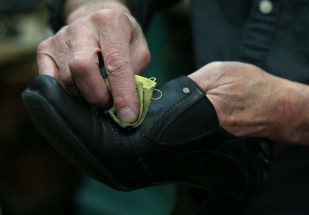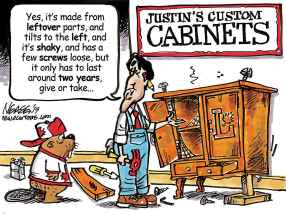Skills hold their value Watchmaker, cobbler and goldsmith fight back against today's disposable society
Read this article for free:
or
Already have an account? Log in here »
To continue reading, please subscribe:
Monthly Digital Subscription
$0 for the first 4 weeks*
- Enjoy unlimited reading on winnipegfreepress.com
- Read the E-Edition, our digital replica newspaper
- Access News Break, our award-winning app
- Play interactive puzzles
*No charge for 4 weeks then price increases to the regular rate of $19.00 plus GST every four weeks. Offer available to new and qualified returning subscribers only. Cancel any time.
Monthly Digital Subscription
$4.75/week*
- Enjoy unlimited reading on winnipegfreepress.com
- Read the E-Edition, our digital replica newspaper
- Access News Break, our award-winning app
- Play interactive puzzles
*Billed as $19 plus GST every four weeks. Cancel any time.
To continue reading, please subscribe:
Add Free Press access to your Brandon Sun subscription for only an additional
$1 for the first 4 weeks*
*Your next subscription payment will increase by $1.00 and you will be charged $16.99 plus GST for four weeks. After four weeks, your payment will increase to $23.99 plus GST every four weeks.
Read unlimited articles for free today:
or
Already have an account? Log in here »
Hey there, time traveller!
This article was published 21/11/2019 (2211 days ago), so information in it may no longer be current.
Lam Tran’s office is meticulously organized. He has two banks of filing cabinets with slim drawers, each stocked with hundreds of gears, springs and screws catalogued by watch brand names. A sampling of these small metal parts, some no bigger than a pinhead, are laid out on his workbench — the guts of a watch brought in for repair.

When he’s solved the issue, Tran will put each piece back where it belongs inside the metal casing of the timepiece, working from memory and a wealth of knowledge he has accrued over a lifetime of fixing watches.
“It’s a teaching from my family, my father was a watchmaker,” he says. “In my country… if you want to learn about that job then you have to follow the master.”
However, time hasn’t been kind to craftsmanship industries like Tran’s — trades that have been around for centuries but are grappling with changing tastes and modern consumerism.
The Free Press visited three such businesses in Winnipeg, where passion and persistence have been keeping the doors open.
The Watchmaker
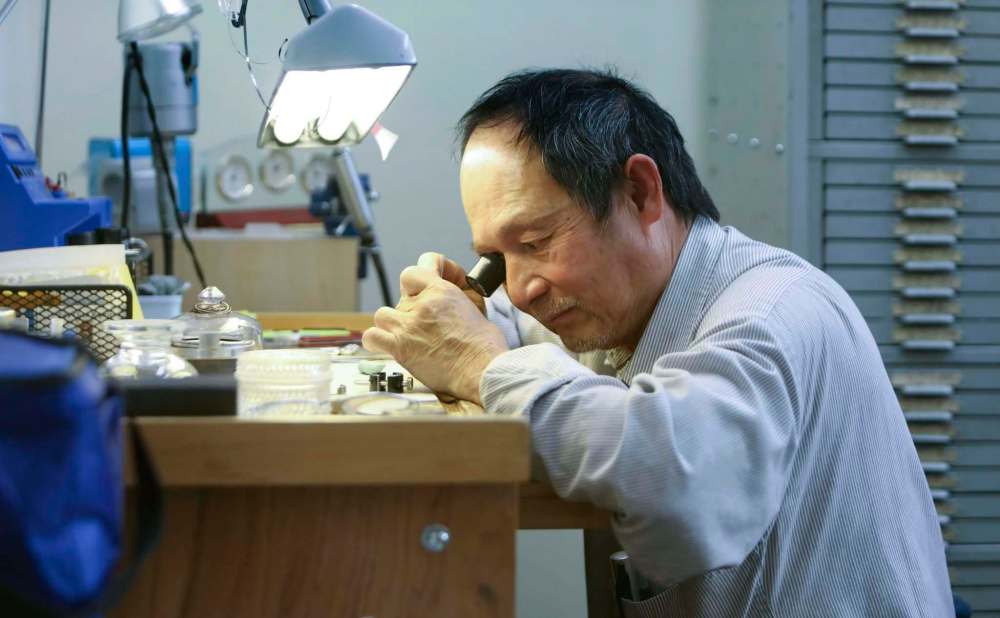
Tran was born in Vietnam and came to Canada in the 1980s, where his watchmaking skills got him a job despite his limited English. He has worked at Stewart’s Horology, one of the city’s few remaining independent watch-repair shops, since it opened.
The business was started by Stewart Benzing, a second-generation watchmaker who carried on the family business after his dreams of being an X-ray technician didn’t pan out.
He took over the watch-repair kiosks in Winnipeg’s Sears stores in 1988 and when the now-shuttered department store chain brought in a national repair supplier, Benzing moved into a stand-alone store in St. James. Last year, the shop took up residence in Vandenbergs Fine Jewellery at 1858 Portage Ave.
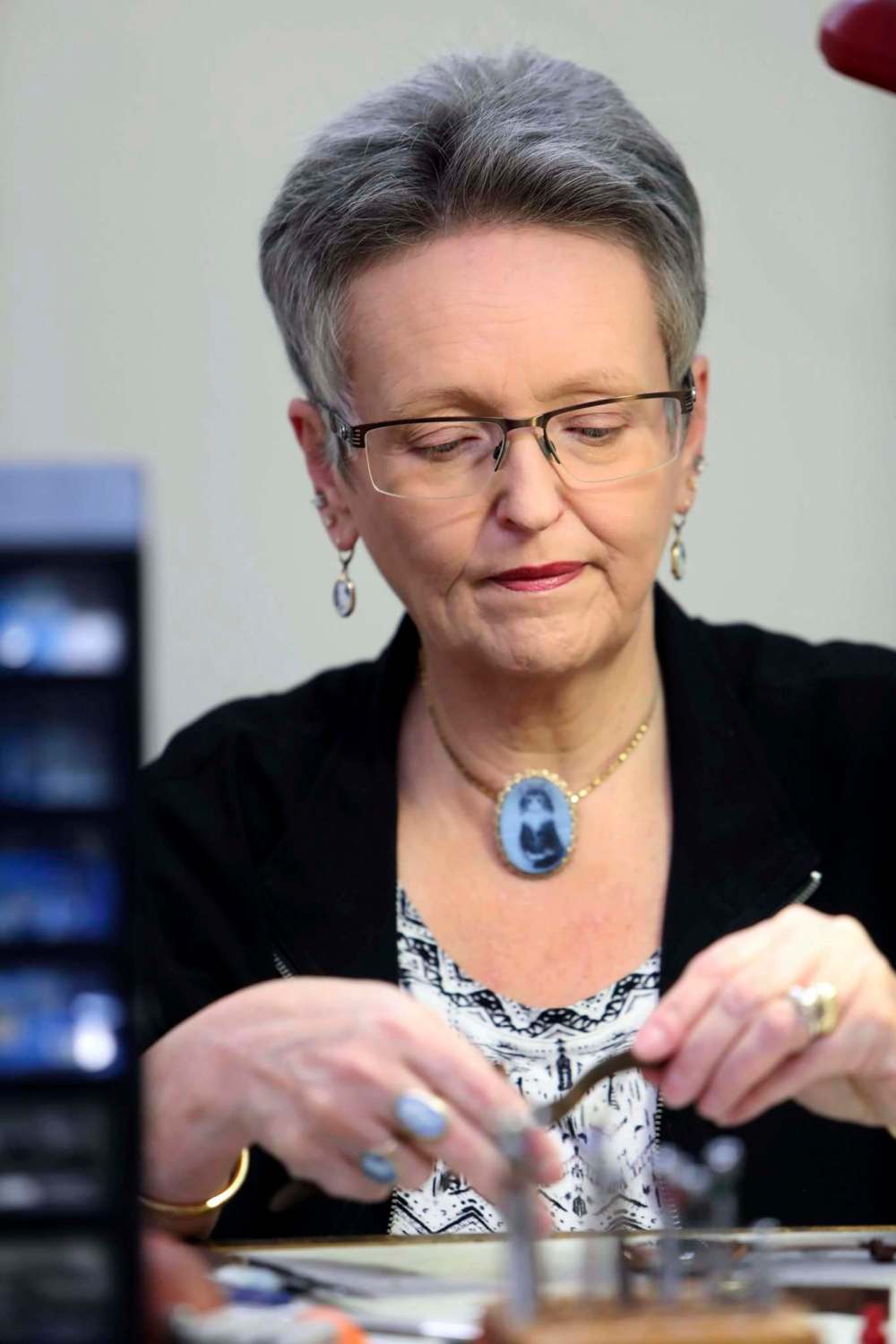
“My watchmakers are not getting any younger, so we decided to downsize it,” says Tracey Benzing, who has kept her husband’s business afloat with their daughter after Stewart died in 2016. “He was probably one of the youngest ones around Winnipeg and he passed away at 59.”
The problem with aging practitioners is that there’s no one waiting in the wings to take over.
Canada has only one formal watchmaking program and in 2012, the Globe and Mail reported L’École nationale d’horlogerie in Trois-Rivières, Que., was in danger of closing due to low enrolment. The Benzing’s youngest daughter, Christy Cabral, considered moving to Quebec to learn the family craft, but decided against it because of cost and distance.
“Now, my daughter runs it as the business end, whereas my husband was the working end,” Tracey says.
While interest in horology (the science of measuring time or making timepieces) seems to be waning, technology has also changed how shoppers think about watches. Smartwatches and fitness trackers are a far cry from the mechanical watches Tran started his career working on, but he understands the appeal.
“A lot of people buy the smartwatches because there’s a lot of different kinds of functions,” he says, adding that young people “don’t like to wear the watch because the cellphones have the time on them.
“When I was a young boy and I got a watch, I was so happy because it was special.”
The Cobbler

On Academy Road, business at the Leather Patch is doing well — almost too well — during the in-between seasons when Winnipeggers are transitioning from summer sandals to winter boots, or vice versa.
“There’s four of us and we can’t keep up,” says Merv Chyz, a cobbler who owns the shop with his business partner Nina Lund. “Spring is busy, but fall is way busier. It starts in September and it just keeps picking up.”
Chyz grew up in Grandview in western Manitoba and began working with leather after taking a year-long course in boot and saddle making in Dauphin in 1982.
“An old teacher I had mentioned it was a dying trade and if I never wanted to be out of work I should look into it,” Chyz said.
He got a job at Birt’s Saddlery when he moved to Winnipeg, but making horse tack and repairing handbags wasn’t his calling.
He changed course and purchased the Leather Patch with Lund in 1997. The small building has been operating as a shoe-repair shop since 1929 and needed some upgrades when the new owners took over. Although, it’s hard to tell what’s been upgraded.
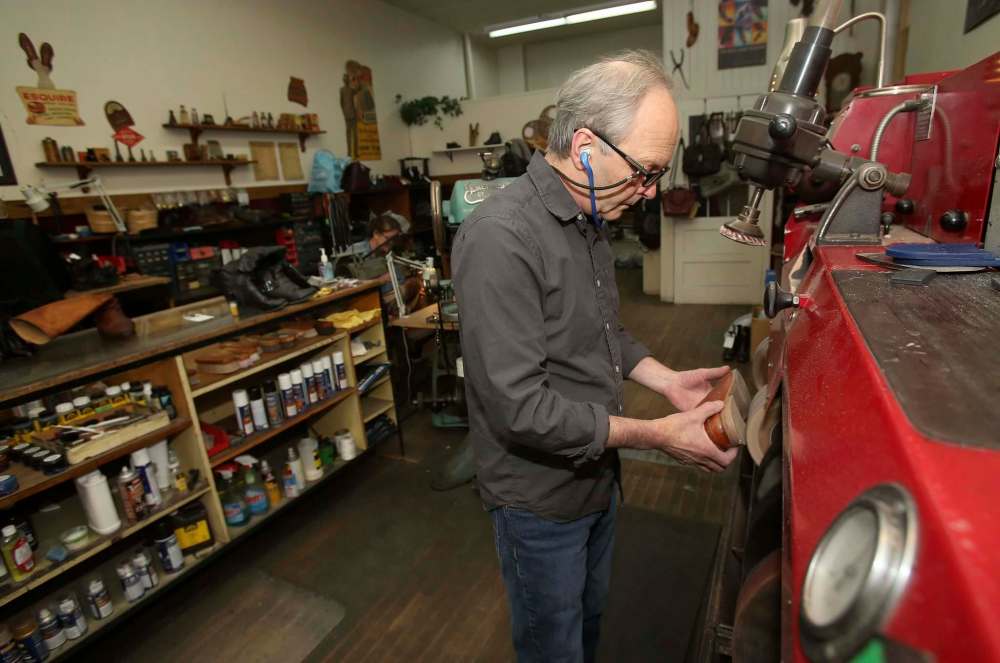
Chyz likes old things and he likes things that last. The shop walls are decorated with vintage shoes and advertisements and most of the equipment he uses is from the middle of the 20th century. There aren’t many people who specialize in repairing shoe-making machines these days, so when a piece of equipment stops working, Chyz is the one who has to fix it.
Recently, he’s noticed a younger generation of customers coming into the shop.
“I started seeing that about 10 or 15 years ago that people didn’t want to see stuff going into the landfill, which is great,” he says.
The growing demand for shoe-repair services has been a boon for the dozen or so independent shops left in Winnipeg. The Leather Patch currently has a two-week turnaround time, which means Chyz’s old teacher was right about the industry.“I started seeing that about 10 or 15 years ago that people didn’t want to see stuff going into the landfill, which is great.” – Merv Chyz
“You’re never going to be out of work if you do good work,” he says.
Like watchmaking, there are no formal cobbler programs in Manitoba. If Chyz wants to hire more staff he needs to train them himself, a process that can take years. He says a good apprentice candidate is someone who likes problem-solving, working with their hands and helping customers.
His son isn’t interested in learning the trade, so when Chyz is ready to retire, the Leather Patch will go up for sale.
“Hopefully someone will take it over, it’s been here since ‘29, it’d be nice to see it hit 100 years.”
The Goldsmith
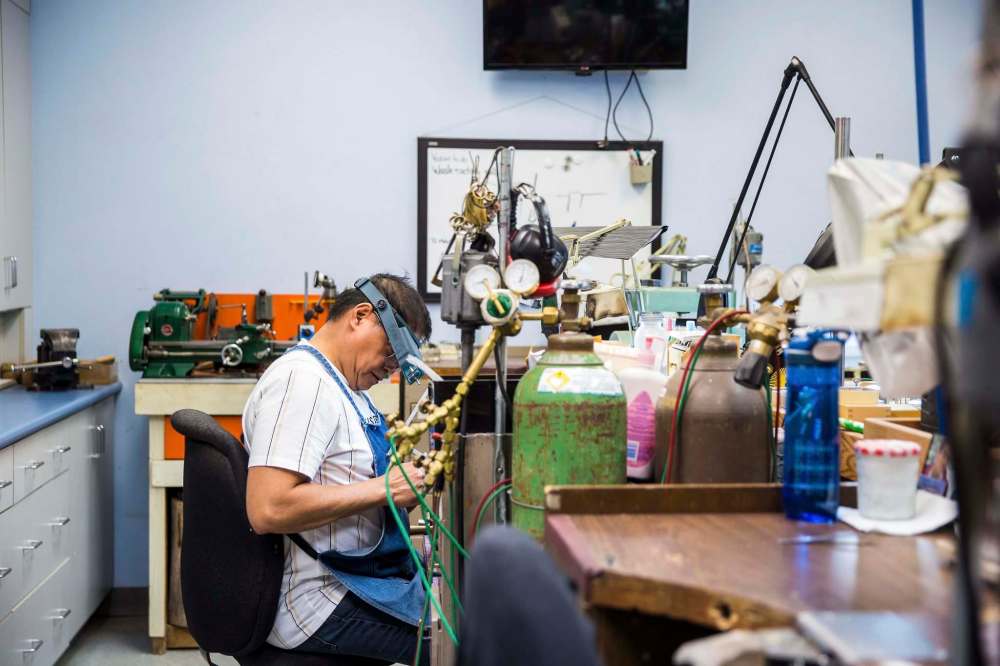
The showroom at Roger Watson Jewellers on Osborne Street is filled with gleaming necklaces, rings and bracelets under glass cases. The workshop in the back of the store is a stark contrast, with its old wooden workbenches and well-used hand tools.
The jewelry shop has been offering in-house goldsmithing for the last 40 years, when John Watson’s parents Roger and Karen opened the business in Eaton Place in 1979.
John Watson grew up at the store and has fond memories of tinkering in the workshop, but as he got older he wanted to forge his own path.
“Some people just accept that that’s your family business and away you go,” he says. “I didn’t want a part of it for some time, it was only after realizing that we do have something pretty special here and that I can grow my abilities and be creative and that’s really what opened my eyes to it.”
After spending some time studying abroad, John came back 20 years ago and now runs the store while working as a goldsmith and jewelry designer.
Since Roger Watson Jewellers has an on-site workshop the company does a lot of repairs and repurposing of heirloom jewelry.
“We do lots of upcycling… so we have people’s grandma’s rings and mom’s rings that we reuse,” Watson says. “That’s where I tend to focus.”

He’s also passionate about bringing new technology into the shop. He’s gone from drawing jewelry designs on paper to drafting on the computer. He also uses a 3D printer and an automated router to create wax casts that are turned into gold in the back of the shop.
Watson has always been intrigued by the properties of gold, but the value of the product he works with is a challenge for the retail side of the business.
“There was a point in time where the cost to manufacture these products was more parallel with what people were willing to pay and that disparity has grown and the cost of the gold has gone up dramatically,” he says. “All these things lead to a challenge to the consumer to want to buy that product.”
Like its counterparts, there are no professional goldsmithing schools in Winnipeg, which is something that concerns Watson.
“The future for goldsmithing lies in a blend of traditional and technology, I think there will always be demand for classic techniques,” he says. “Some are saying it’s a dying art, but you know what? We’re not gonna let it die on our watch.”
eva.wasney@freepress.mb.ca
Twitter: @evawasney

Our newsroom depends on a growing audience of readers to power our journalism. If you are not a paid reader, please consider becoming a subscriber.
Our newsroom depends on its audience of readers to power our journalism. Thank you for your support.


